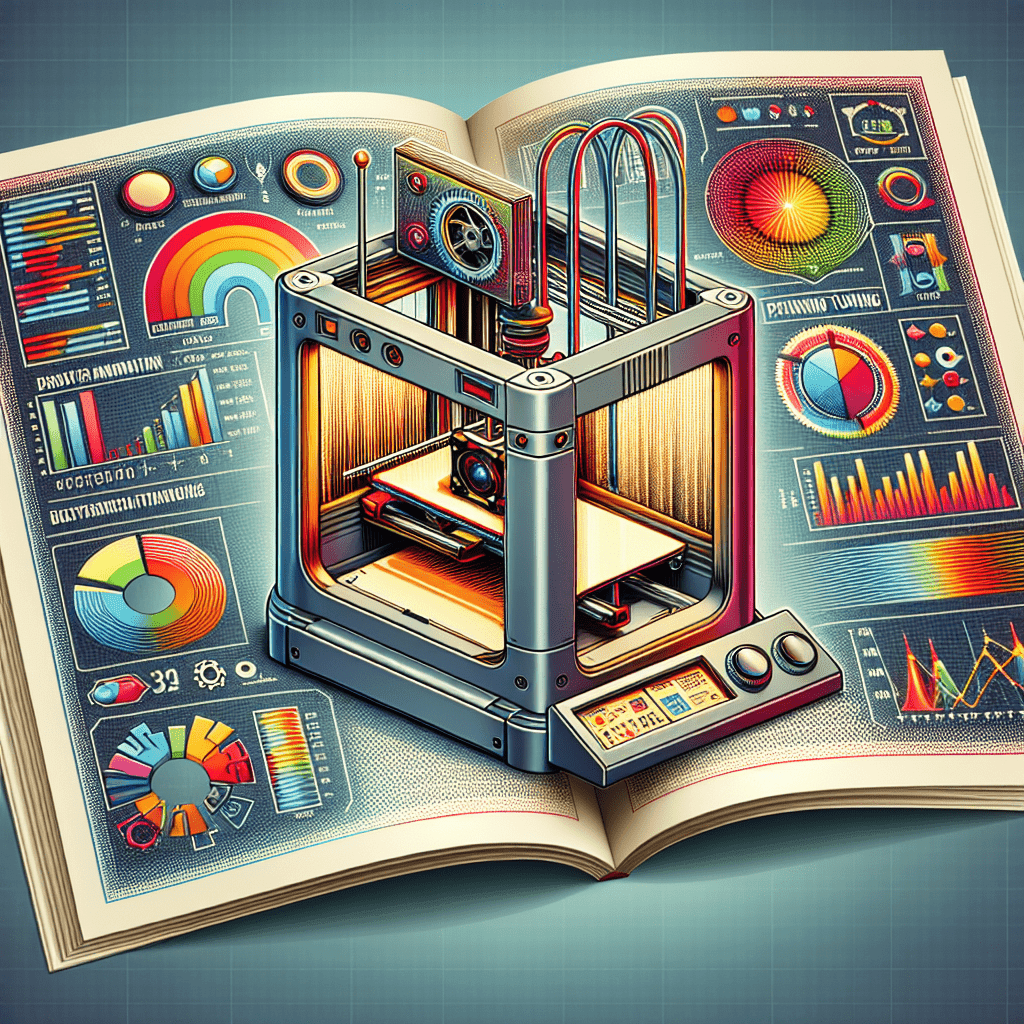Table of Contents
Introduction
One of the most important aspects of 3D printing is ensuring that your printer is properly tuned for optimal performance. One key component of this tuning process is PID tuning, which involves adjusting the Proportional, Integral, and Derivative parameters of the printer’s PID controller to achieve the best possible temperature control. In this guide, we will take an in-depth look at the PID tuning process, including why it is important, how to perform it, and some common issues that may arise.
What is PID Tuning?
PID tuning is a method used to adjust the behaviour of a control system, such as a 3D printer’s temperature control system, to achieve the desired performance. The PID controller consists of three parameters:
1. Proportional (P): The P parameter determines how much the temperature should change in response to a deviation from the setpoint. A higher P value will result in a quicker response to changes in temperature, but may also lead to overshooting and oscillations.
2. Integral (I): The I parameter accounts for any bias in the system, such as a consistent offset between the measured and desired temperatures. It helps to eliminate this offset over time by adjusting the control signal.
3. Derivative (D): The D parameter predicts how the temperature will change in the future based on its current rate of change. This helps to dampen oscillations and stabilize the system.
Why is PID Tuning Important?
Proper PID tuning is crucial for maintaining a stable and accurate temperature control system in a 3D printer. Without proper tuning, the printer may struggle to maintain the desired temperature, leading to issues such as inconsistent print quality, warping, and failed prints. PID tuning can also help to extend the lifespan of the printer’s heating element by reducing the frequency of temperature fluctuations.
How to Perform PID Tuning
Performing PID tuning on a 3D printer typically involves adjusting the P, I, and D parameters in the printer’s firmware. The exact process may vary depending on the type of printer and firmware used, but the general steps are as follows:
1. Access the printer’s firmware settings: This can usually be done through the printer’s LCD screen or a computer interface.
2. Find the PID tuning settings: Look for the P, I, and D parameters in the firmware settings. These values may be displayed as numerical values or as percentages.
3. Adjust the parameters: Start by adjusting the P parameter first. Increase or decrease the value in small increments and monitor the temperature response. Continue to adjust the P parameter until the temperature stabilizes quickly without overshooting.
4. Fine-tune the I and D parameters: Once the P parameter is optimized, move on to adjusting the I and D parameters. The goal is to eliminate any remaining temperature fluctuations and achieve a stable temperature control system.
5. Test the results: After adjusting the parameters, run a test print to see how the changes affect the print quality. Make any additional adjustments as needed to achieve the best possible results.
Common Issues and Solutions
While PID tuning can greatly improve the performance of a 3D printer, there are some common issues that may arise during the tuning process. Here are a few of the most common issues and their solutions:
1. Oscillations: If the printer’s temperature control system is oscillating back and forth, try reducing the P value to dampen the oscillations.
2. Slow response time: If the printer is taking too long to reach the desired temperature, increase the P value to improve the response time.
3. Overshooting: If the printer consistently overshoots the setpoint temperature, reduce the P value to prevent excessive heating.
4. Temperature fluctuations: If the printer’s temperature is fluctuating even after PID tuning, try adjusting the I and D parameters to eliminate any remaining errors.
Conclusion
PID tuning is an essential part of mastering the art of 3D printing, as it helps to ensure a stable and accurate temperature control system. By understanding the PID parameters and how to adjust them, you can optimize your printer’s performance and achieve high-quality prints consistently. Remember to regularly monitor your printer’s temperature control system and perform PID tuning as needed to maintain optimal performance.
FAQs
How often should I perform PID tuning on my 3D printer?
It is recommended to perform PID tuning whenever you notice issues with temperature control, such as inconsistent print quality or failed prints. You may also need to retune the PID parameters if you make changes to the printer’s hardware or firmware.
Can I use the same PID values for different filaments?
While the same PID values may work for different filaments, it is best to perform PID tuning for each new filament type to ensure optimal performance.
Will PID tuning void my printer’s warranty?
PID tuning is a common maintenance procedure that should not void your printer’s warranty. However, it is always best to check with the manufacturer or retailer before making any modifications to your printer.
